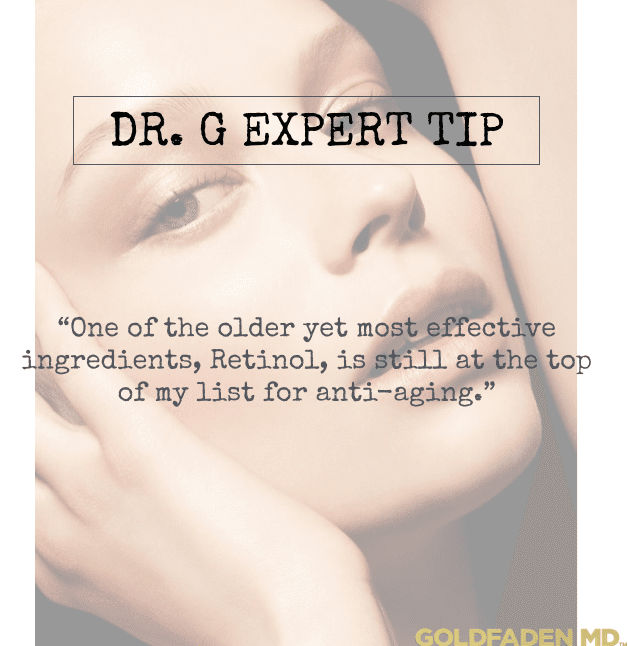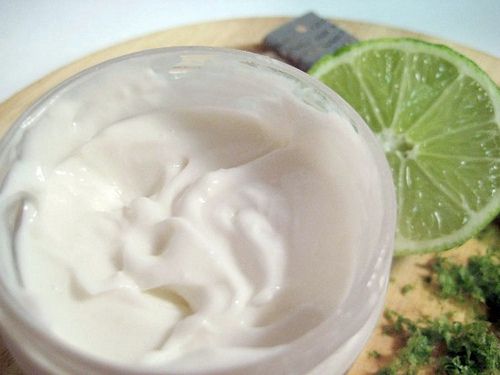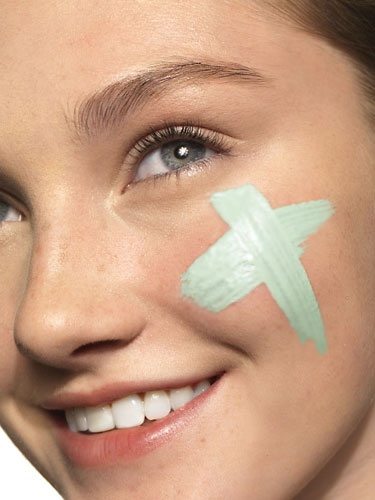Retinol is a form of vitamin A which comes from both animal and plant sources. Retinol in our diet and used topically is essential for maintaining healthy skin. Whatever its form, topical vitamin A plays a major role in maintaining the youth of your skin by boosting the process of cell regeneration. Vitamin A and it’s retinoid analogs stimulate skin cell renewal by increasing the rate of cell division. Through its powerful action as a signaling agent, vitamin A stimulates the binding of epidermal growth factor to your skin cells, thereby encouraging new cell growth. This helps keep your skin soft and smooth. In addition, vitamin A actually thickens your epidermis, which becomes thinner with age, and also improves the elasticity of your skin.
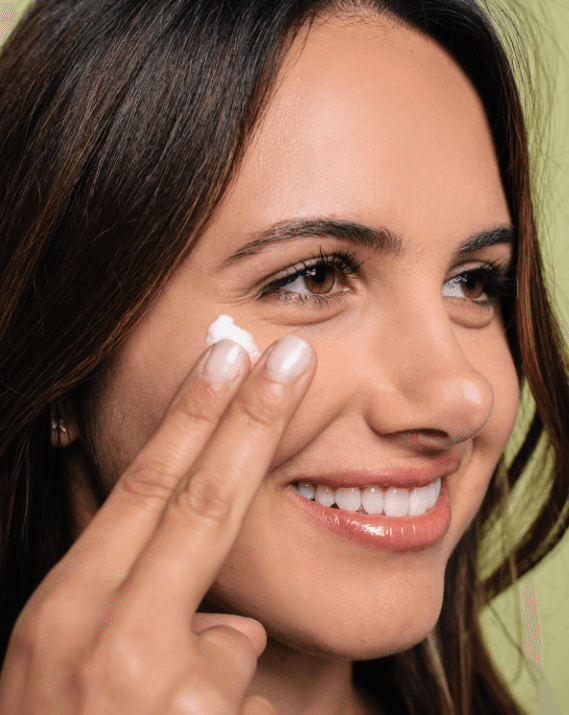
Because vitamin A is a fat-soluble vitamin, it penetrates your skin easily to enhance texture, improve mottled appearance, and minimize wrinkling. Vitamin A helps to reduce the number of destructive metalloproteinase enzymes that tear down your dermal matrix and it also stimulates vital collagen production. Finally, vitamin A’s impressive antioxidant properties allow it to neutralize the free radicals in your skin that can cause cellular damage and accelerate premature aging. With its ability to reduce wrinkles, increase collagen, protect your DNA, enhance skin thickness, and improve elasticity, vitamin A has rightfully earned its preeminent place as one of the most valuable ingredients known for healing aged or sun-damaged skin.
Vitamin A (aka, the makeup of Retinol)
Liver, carrots, sweet potatoes, pumpkin, and spinach are among the best places to find natural vitamin A. One place you’ll never find it, however, is on the label of a skin care product. International labeling law prohibits the use of the word “vitamin” in the list of ingredients of any skin care formula. It’s therefore virtually impossible to identify what vitamins are contained in any cosmetic product unless you specifically know what to look for. In the case of vitamin A, the answer will most likely be retinyl palmitate (although other forms such as retinol, retinyl acetate, and retinyl linoleate are sometimes used). Retinyl palmitate is an ester of retinol and palmitic acid that accounts for about 80% of the vitamin A found naturally in your skin. Due to its superb anti-aging, antioxidant and moisturizing abilities, retinyl palmitate is the form generally used in skin care products. Retinyl palmitate is also highly preferred because its chemical stability makes it easier to formulate and its greater skin-penetrating power gives it an obvious advantage over other vitamins analogs like retinol.
Retinol is the weak version of retin-A. Retin-A, on the other hand, is a chemically modified form of retinol that is used topically on the skin to improve the complexion by stimulating cell turnover and collagen production — it is also known as Tretinoin. There is also another chemically altered form of retinol called Accutane or ISO-tretinoin, which is thousands of times more potent than retin A. Accutane only comes in pill form to treat severe acne.
In short, retinol is found in most anti-aging products and can be bought over-the-counter and retin-A requires a prescription from your dermatologist (as does Accutane) along with a more detailed treatment (e.g. only use nightly due to it’s sun sensitivity and apply 3-4 times per week vs. daily due to the potent treatment that it offers).
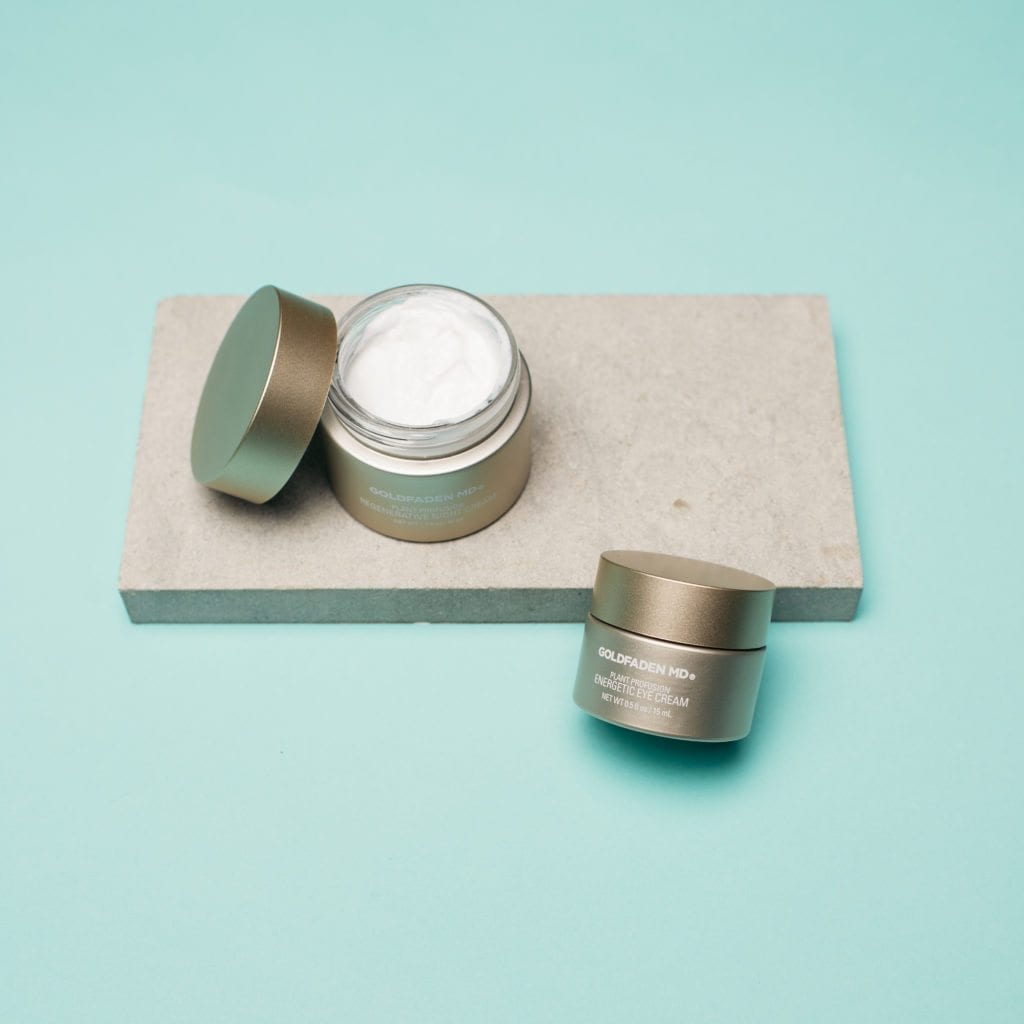 WHEN TO START?
WHEN TO START?
When it comes to retinol, anyone can use it, since it is very weak and can be found in practically every anti-aging product. Dr. Goldfaden recommends to start using retinol in your early to mid-thirties. Think about retina treatment, which is a more potent version of Retinol a later in life or if you have visible sun damage. It will help to reduce the appearance of wrinkles, fine lines, reduce pigmentation and build more
collagen.
WHAT YOU NEED TO KNOW ABOUT USAGE
If you suffer from sensitive skin including eczema and rosacea, Retin-A is not recommended while a very low dose of retinol can be used if found within the formula of a product, but this would need to be recommended by your dermatologist.
If you overuse retin-A and you don’t follow instructions (e.g. use X amount of times per week, at night, etc.), moisturize or use sunblock, you absolutely can get red, flaky, dry and cracked skin. Retin-A turns the cells over at a very high speed so initial reactions of experiencing redness, flaking of the skin, dryness, inflammation is certainly not uncommon. With limited use and the integration of the correct soothing products – oils, moisturizers, etc. can reverse and heal the damage quickly.
WHAT TO EXPECT
- Finer pores
- Reduced fine lines and wrinkles
- Softer, dewier and increased glowing skin
- Reduced brown spots and healthier younger-looking skin

